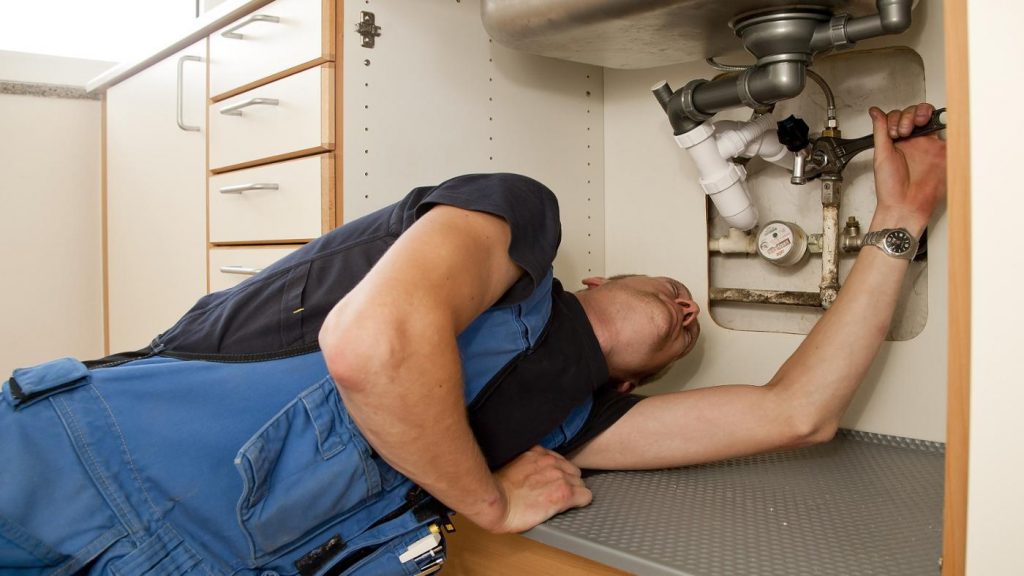If you wish to watch the amount of water you use and practice sustainability, then it is important to check for leaks from one time to the next. Doing so will avoid any major plumbing issues down the road. Kent Plumbers recommend homeowners inspect their plumbing for leaks or request an inspection when they themselves are doing a check to reduce waste.
Hidden Leaks
Research has shown a typical home can lose as much as 7.6 m3 to 76 m3 of water annually, just because of leaks. Whilst some leaks are apparent, such as a dripping faucet or a leaking water heater, many leaks can go undetected for many years because the source is hidden. When a leak is hidden, water can escape undetected, such as a leak found in a cracked water supply line or in a toilet flapper valve. Whether you refer to them collectively or individually, leaks can be costly to a utility as well as to a customer.
According to specialists among Kent plumbers, the true expense of leaks has been misrepresented over the years. Not only that, but many metres do not show water usage unless a leak is excessive. Water metres do not detect leaks like kent plumbers can and do. You need an experienced plumber to find certain leaks as there is no easy method to spot them. A broad approach must be used if you want to catch sight of a leak on your premises.
A Possible Spot for a Leak
Sometimes leaks exist between the home and the water metre in the supply line. These kinds of leaks are frequently hard to detect because the supply pipe can be buried deep below ground level. Sometimes leaking water flows along the pipe and back towards the metre. If you find that the box that holds the metre also contains water, and it is not due to run-off or rain, the supply line may have a leak.
Another point for a leak may be the spot where the supply line enters the home. If the soil is consistently damp at this location, and, again, it is not because of run-off or rain, then you might have a leakage problem.

